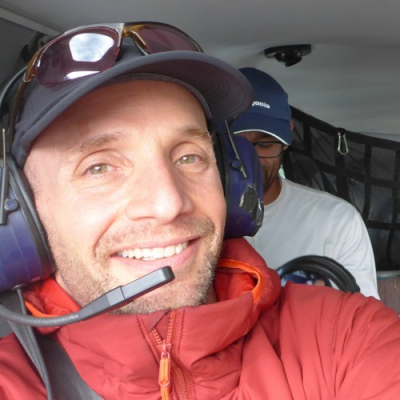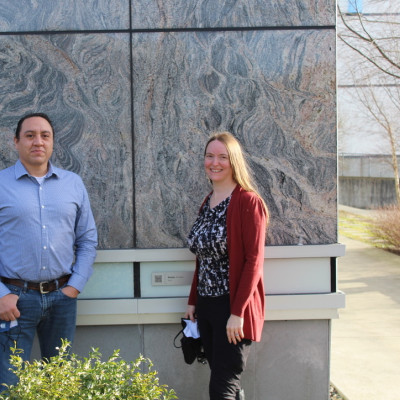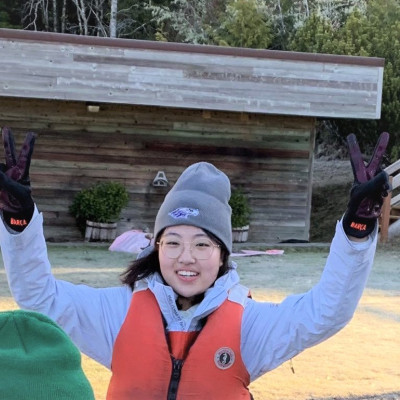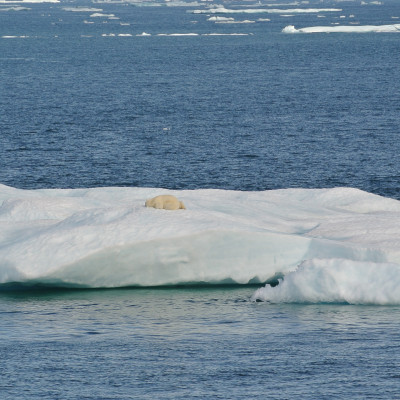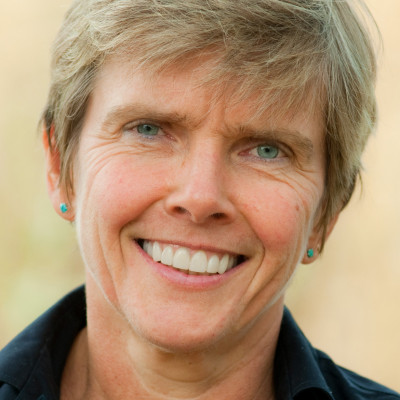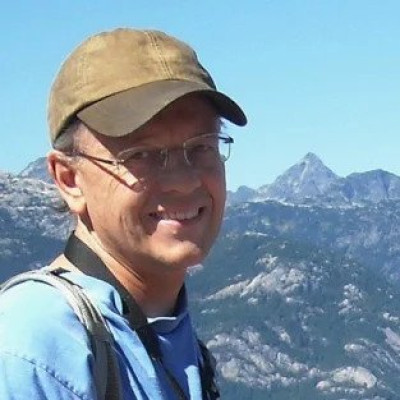News
Stay up-to-date with what's happening in EOAS
Meet Mark Jellinek - Volcanologist & Earth Systems Scientist
Mark Jellinek is a Professor in the Department of Earth, Ocean and Atmospheric Sciences at the University of British Columbia. He is an internationally-recognized geophysicist who works on problems in magmatic and volcanic processes and hazards, geodynamics, long-term climate change, surface processes and the evolution of Earth and other rocky planets. Mark is deeply committed to education and outreach, as chair of the Public and Internal Relations Committee and recipient of various prestigious teaching awards, including the UBC Killam teaching prize. In his spare time, Mark can be found mountain biking or backcountry skiing in British Columbia’s Coast Mountains.
New EOAS initiatives funded by the UBC Teaching and Learning Enhancement Fund and the Faculty of Science’s Strategic Initiatives Fund
Laura Lukes, Shandin Pete, Sarah Bean Sherman
In the recent 2021/22 UBC Teaching and Learning Enhancement Fund (TLEF) and the Faculty of Science’s Strategic Initiatives Fund (SIF) competitions, four projects developed by EOAS faculty members were selected and funded.
The Earth Science Experiential and Indigenous Learning (EaSEIL) project is funded by TLEF and led by Laura Lukes and Shandin Pete. The project aims to create space for collaborative reflection among students, instructors, staff, and community members to reimagine, develop, and transform field-based experiential learning across multiple programs, departments, and faculties at UBC, including geological sciences. The focus of transformation is on three foundational pillars: increased opportunities for interdisciplinary education; the respectful integration of Indigenous Knowledge, histories, and ways of knowing into course content; and an increase in accessibility and inclusion through the development of online field-based learning options.
Laura Lukes is also the project lead for Developing a toolkit for assessing student understanding of how Indigenous issues intersect with their field of study (funded by SIF). A key part to successfully designing and implementing an Indigenized curriculum is having the ability to determine the impact on student learning and experience. This initiative will produce a performance measure toolkit for instructors and unit leads across the Faculty of Science to measure impact on student learning and progress towards ISP goals. The data produced from toolkit utilization will inform efforts to redesign courses or graduate research traineeships. It will also assist the broader faculty of Science community in identifying evidence-based practices for indigenizing the curriculum.
Shandin Pete also leads the SIF-funded project Developing relationships and partnerships with Indigenous undergraduate and graduate students in UBC Science. This project aims to engage and partner with Indigenous undergraduate and graduate students in UBC Science to learn more about their experiences, needs, and desires with respect to curriculum, pedagogy, research, educational programming, and advising. This project stems from the interests of Indigenous faculty and students in UBC Science who crave more opportunities to engage with one another, to share their ideas and concerns, and to advise on decolonization and reconciliation work in UBC Science.
Bean Sherman is part of the team that will carry out the SIF-funded initiative Teaching & Learning in Science through the lens of Indigeneity, Equity, Diversity and Inclusion. This project is a guest speaker series that features prominent and influential thought leaders in inclusive STEM education. The series will feature guest speakers who will address topics relating to their expertise in inclusive STEM education that are of interest to the UBC Science teaching and learning community. Speakers will represent various disciplines (biology, chemistry, physics, geology, etc.), identities (IBPOC, 2SLGBTQIA+, etc.), and specialties (curriculum, pedagogy, research).
Meet Qi Yang - Marine Virologist
Qi Yang is a PhD student in Dr. Curtis Suttle’s lab, also known as the Marine Molecular Microbiology and Virology Lab, at the Department of Earth, Ocean and Atmospheric Sciences at the University of British Columbia. She is interested in finding viruses in the ocean that infect protists for which viruses are unknown and in the role of the viruses in marine ecosystems and nutrient cycles. She aims to isolate a virus that infects ecologically important marine protists and characterize the virus in terms of genome, phylogeny, and diversity in natural environments. Before joining EOAS, Qi received a Bachelor of Science degree in Biotechnology at the Ocean University of China. Beyond her research, Qi is passionate about communicating science, such as engaging with people in different disciplines of Earth Sciences and reaching out to broad audiences.
Departmental Colloquium: Intersections between Earth Science and a Society-Spanning Response to the Climate Crisis (Jan 13 to Feb 17)
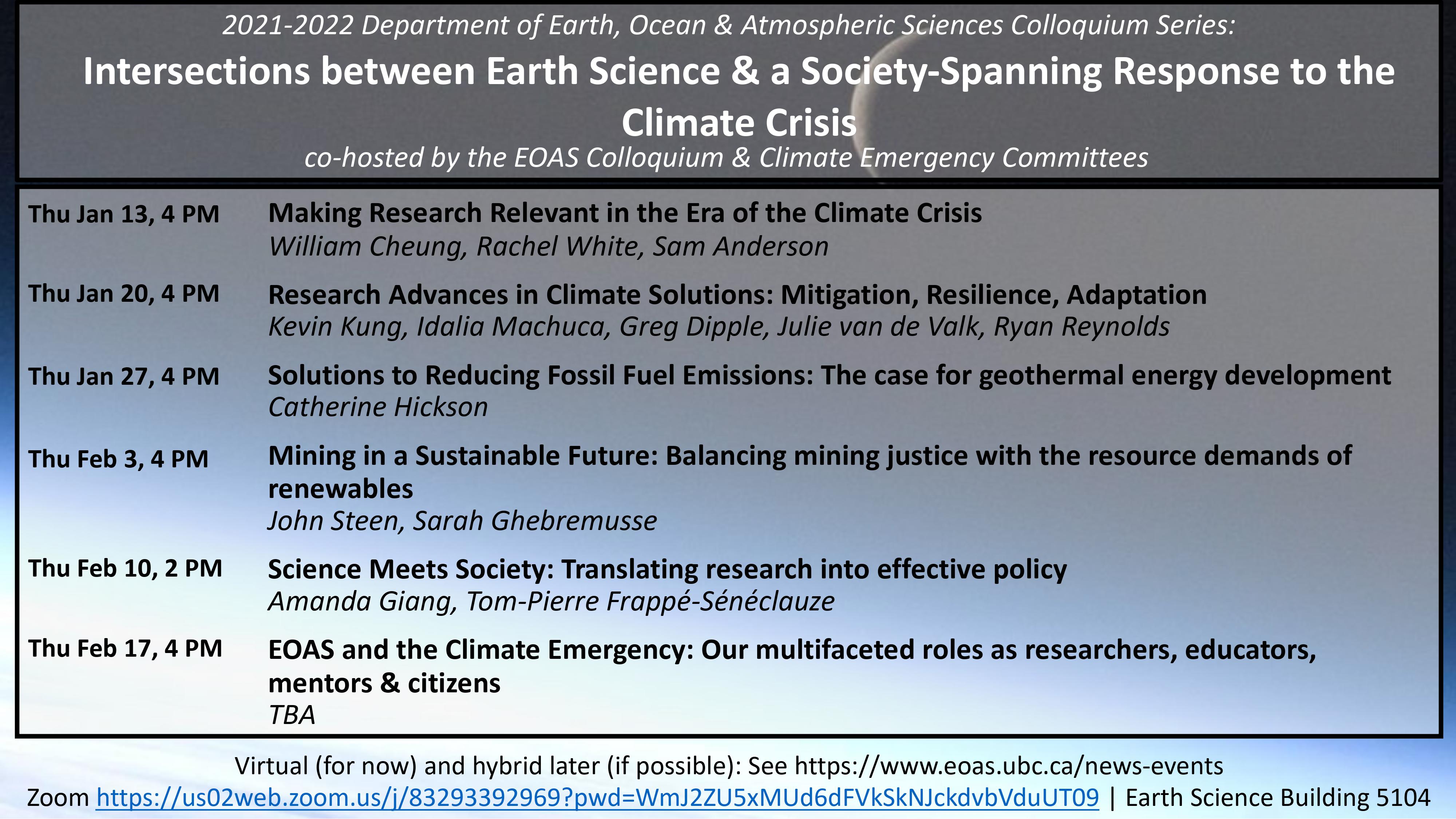
On Thursdays from January 13 to February 17, 2022, the EOAS Climate Emergency Committee is hosting a 6-week colloquium series on Intersections between Earth Science and a Society-Spanning Response to the Climate Crisis.
The goals of this series are to showcase the latest in climate science and climate solutions research, highlight intersections between science and multidisciplinary aspects of the climate crisis, and discuss opportunities and roles for Earth Sciences (and scientists) in the broader context of a society-spanning response to the climate crisis.
The series will consist of talks and panel discussions on topics ranging from the physical climate science at which we excel in EOAS, to intersections between science, social justice, and policy.
Which elements of climate science are perceived as highest priority in the public sphere, and what is the state-of-the-art in those fields?
How do we balance justice and sustainability in mining practices with the incredible primary resource demands of a renewable energy economy?
How is science used, effectively and otherwise, in the development and implementation of climate policy in Canada, and abroad?
To explore these questions and more, come to the Climate Crisis Colloquium Series beginning in the New Year 2022!
Professor Dominique Weis featured on The Blue Hour
“How do geochemists study the chemical composition of earth? How do geochemists better our understanding of the earth's interior, natural resources, climate change, human impacts on the environments, and hazards like earthquakes, tsunamis and volcanoes?”
Dr. Dominique Weis is a professor in the UBC Department of Earth, Ocean, and Atmospheric Sciences at the University of British Columbia and Canada Research Chair in the Geochemistry of the Earth's Mantle. She was interviewed in The Blue Hour radio show of UBC CiTR, a dialogue about life, literature, science, philosophy, and everything in between. Check out the podcast here:
Dr. Weis is a renowned leader in the application of trace elements and radiogenic isotopes analysis. Her research focuses on the distribution of elements and isotopes in Earth systems with an emphasis on the use of abundances and isotopic ratios in defining the source and evolution of igneous rocks, the interaction between different reservoirs (mantle, crust and atmosphere) and the role of tectonic settings. Her analytical insight has enabled new discoveries into Earth systems such as mantle plumes and hotspot volcanoes. Through the analysis of a wide range of materials such as honey, salmon, or belongings, her expertise allows the opening of new lines of research into health, local pollution/food security, and archeology/Indigenous-led studies.
Meet Francis Jones - Geoscience Education Specialist
Francis is a geoscience education specialist in Earth, Ocean and Atmospheric Sciences at UBC. Before that, he spent 10 years teaching geophysics and supporting geophysical inversion research and technology transfer with the UBC Geophysical Inversion Facility. In 1987 he completed an MSc in geophysics and glaciology, then worked for 12 years as a professional geophysicist in instrumentation, mineral and geotechnical exploration, glaciology, and oil/gas well-logging. Currently, he focuses on developing interactive learning strategies for distance and classroom learning with the current emphasis on renewal of quantitative courses and curriculum in the Earth sciences. Recently, he completed 2 years as coordinator of the curriculum development partnership that built a 22-course curriculum for the University of Central Asia’s (UCA) Earth and Environmental Sciences BSc degree program currently being taught at UCA’s campus in Khorog, Tajikistan.
